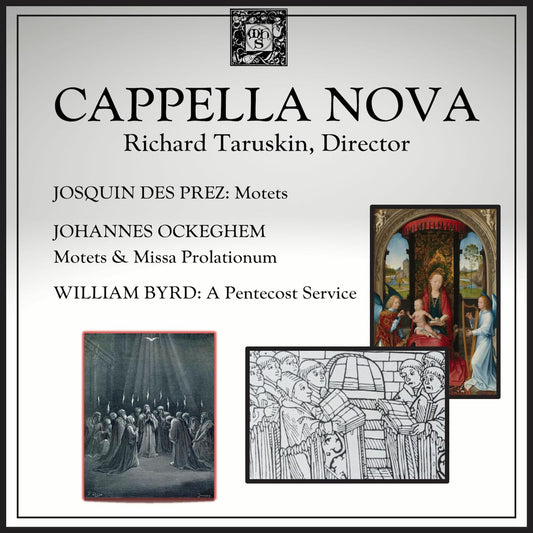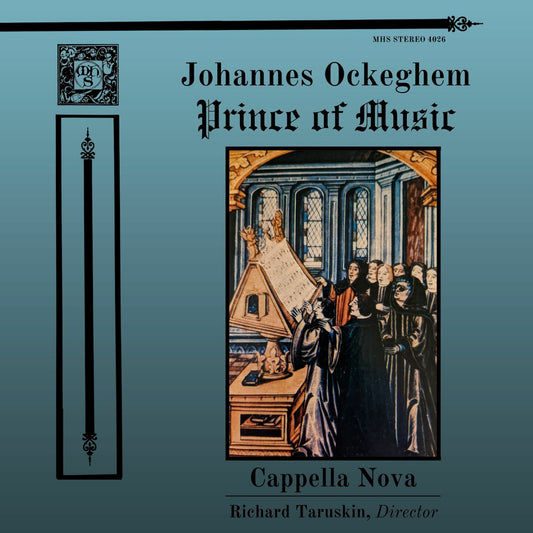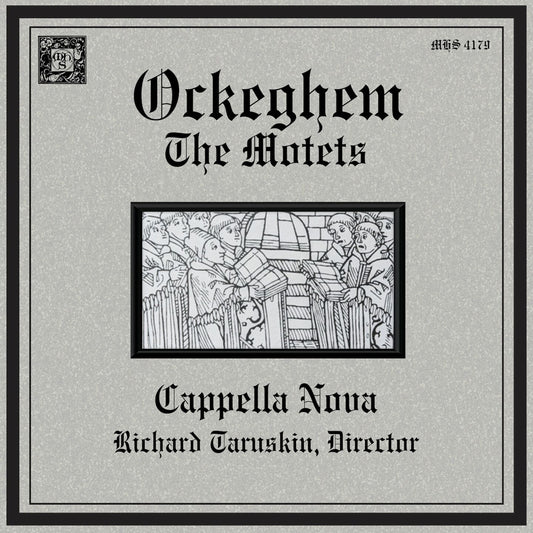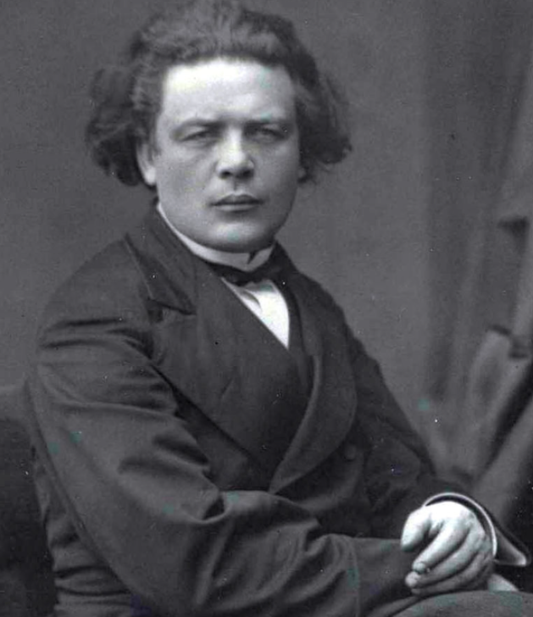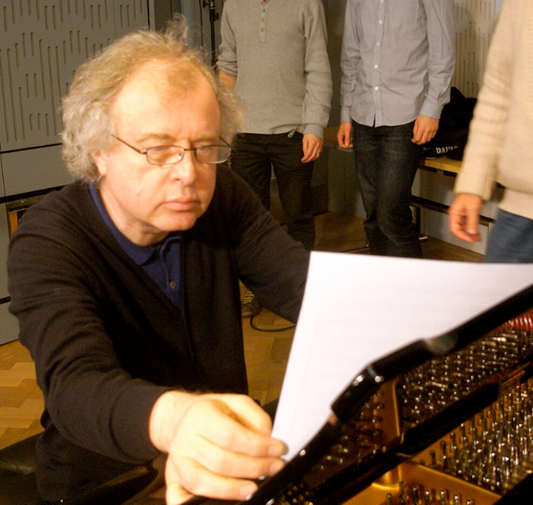Collection: JOHANNES OCKEGHEM (c. 1410/1425 – 1497)
Johannes Ockeghem (also Jean de, Jan; surname variants include Okeghem, Hocquegam, Ockegham) (c. 1410/1425 – 1497) was one of the most esteemed and influential composers of the early Renaissance, recognized as the leading figure of the Franco-Flemish school in the generation between Guillaume Dufay and Josquin des Prez. Active primarily at the French royal court, he was renowned during his lifetime and revered afterward as a master craftsman, an innovative musician, and likely an important teacher, profoundly shaping the course of Western polyphony.
The exact date and place of Ockeghem's birth remain uncertain, with scholarly debate often centering around either 1410 or the mid-1420s. Saint-Ghislain in the County of Hainaut (then part of the Burgundian Netherlands, now Belgium) is the most frequently cited birthplace. Early documentation places him as a singer at the Onze-Lieve-Vrouwe church (now Antwerp Cathedral) from 1443 to 1444. Following this, he likely served Charles I, Duke of Bourbon, in Moulins, France, for a period in the mid-to-late 1440s.
Around 1452, Ockeghem entered the service of the French royal chapel, a position he would maintain with extraordinary loyalty and distinction for over four decades, serving three successive kings: Charles VII, the cunning and complex Louis XI, and Charles VIII. His musical talents and likely his personal qualities earned him immense respect and favour. Under Louis XI, he rose to the esteemed position of maître de chapelle (master of the chapel choir) and was granted the highly prestigious and lucrative post of treasurer at the Abbey of St. Martin in Tours in 1459. This abbey was effectively under royal patronage, and the position, which Ockeghem held until his death, afforded him significant status and income, freeing him considerably for composition. He undertook occasional diplomatic missions for the crown, including a trip to Spain in 1470.
Ockeghem's surviving compositional output is relatively small compared to his immense fame, consisting primarily of masses, motets, and secular chansons. He is perhaps best known for his masses, of which about 13 or 14 survive. These works demonstrate his innovative approach to structure and counterpoint. While he utilized the cantus firmus technique common at the time (basing a mass on a pre-existing melody), he often treated the borrowed material with great freedom. His most striking contributions lie in his distinctive musical style:
Seamless Melodic Lines: Ockeghem favored long, flowing, and rhythmically complex melodic lines that often avoided clear cadences, creating a continuous, seamless polyphonic texture quite different from the more segmented style of his predecessors.
Expanded Vocal Ranges: His music often utilizes lower vocal ranges, particularly for the bass voice (reflecting his own likely status as a bass singer), contributing to a characteristically dark, rich sonority.
Varied Textures: He skillfully contrasted passages of full four-voice polyphony with sections featuring smaller groups of voices (duos or trios).
Contrapuntal Mastery: Ockeghem was a master of complex counterpoint, including sophisticated canon. His Missa Prolationum is a unique technical marvel, written entirely in canon where each pair of voices sings the same music but under different mensuration signs (determining rhythm and meter). His Missa Cuiusvis toni ("Mass in any mode") is ingeniously constructed to be performable in different church modes.
Expressivity: Despite the technical complexity, his music possesses profound expressive depth, particularly notable in works like his Requiem Mass (the earliest surviving polyphonic setting) and deeply felt motets like Intemerata Dei Mater.
His chansons, while fewer in number, also show his characteristic melodic style and contrapuntal skill.
Ockeghem's influence on the next generation was immense. Contemporary theorists like Johannes Tinctoris lauded him, and upon his death in Tours in 1497, he was mourned throughout the musical world. Josquin des Prez, often considered Ockeghem's student (though direct proof is lacking, the stylistic link and Josquin's reverence are clear), composed a moving lament, Nymphes des bois (also known as La déploration de la mort de Johannes Ockeghem), setting a poem by Jean Molinet.
Johannes Ockeghem stands as a pivotal figure, a "patriarch" whose technical innovations, particularly in creating continuously unfolding polyphony and exploring complex canonic devices, paved the way for the high Renaissance style exemplified by Josquin and his successors. His music, though challenging, rewards listeners with its intricate beauty and deep emotional resonance.

